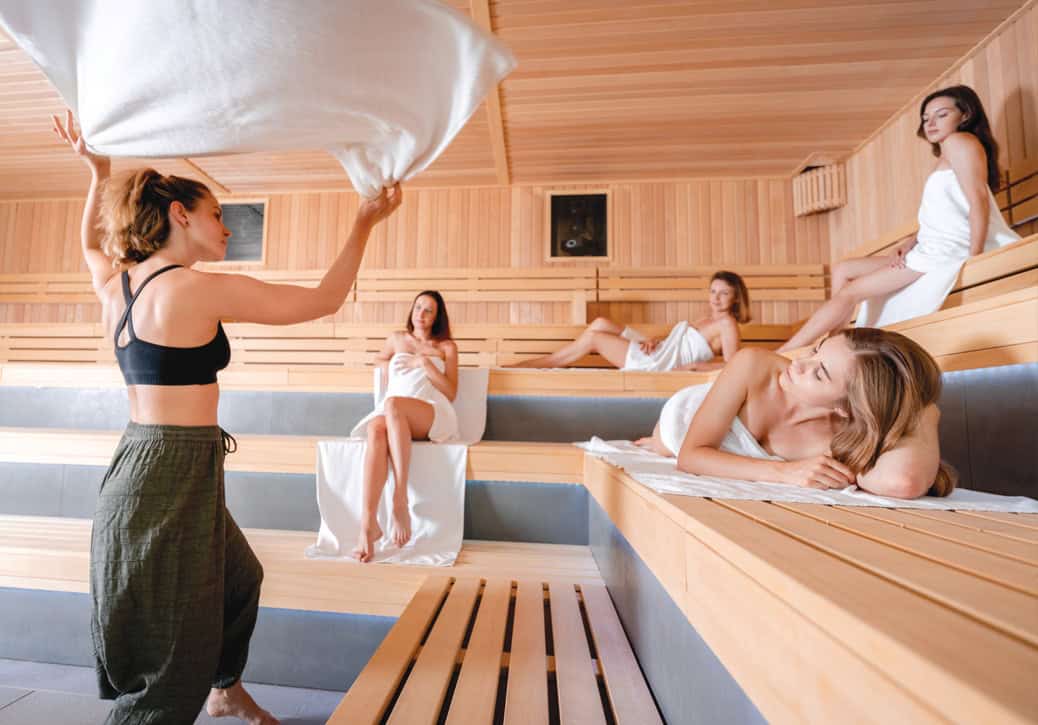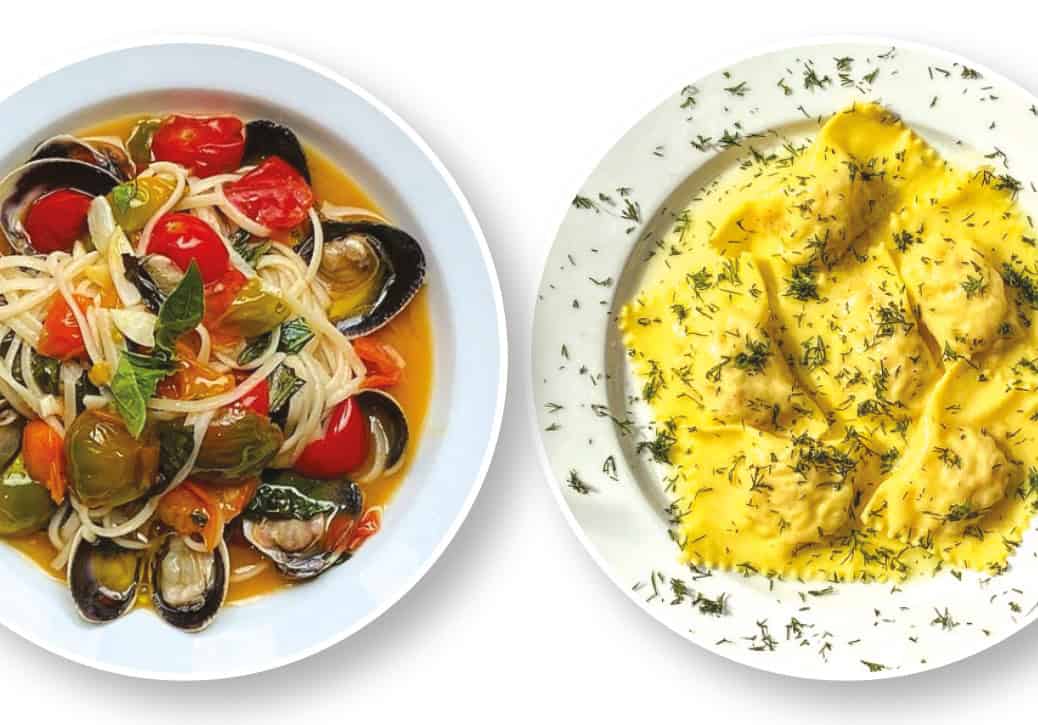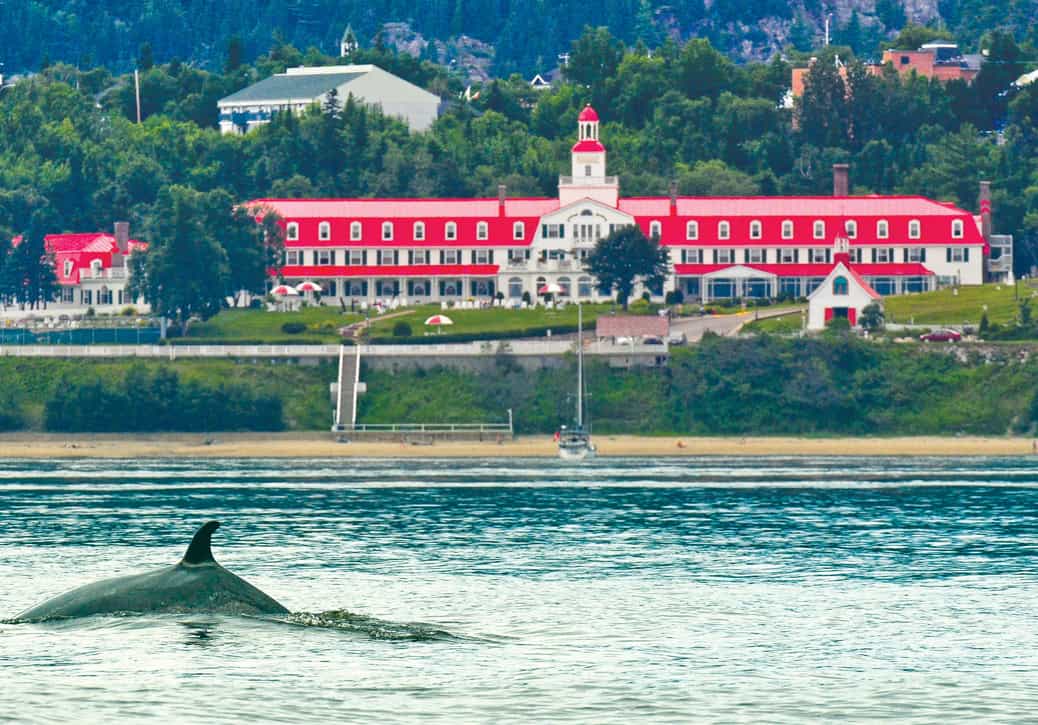Step through the historic entrance of Temple House and a restored, century-old Chinese courtyard opens up.
By Caroline Tapp-McDougall
Despite the fact that it is the fourth largest city in China—with a population upwards of 14 million—Chengdu prides itself on the joyful absence of the characteristically unhealthy smog that envelops many other large cities. This capital of China’s southwestern province of Sichuan is landlocked by the mountains of Tibet, which gives it a foggy, drizzly, humid climate. But when we visited in late August this year, we enjoyed comfortable temperatures, blue skies and even a bit of sunshine.
Aside from its panda preserves—a venerable tourist attraction for foreign tourists and the Chinese alike—the city’s new claim to fame is its laid-back vibe and charming patchwork of ‘old meets new’ architecture. Our guide is quick to remind us, however, that this is not the first kick at the prosperity can for the fertile region. Once a bustling commercial centre at the southern tip of the ancient Silk Road, the area originally became famous for its stunning silks and lavish embroidery; in fact, early traders called it the Brocade City.
Also noteworthy is the local government’s ability to step beyond its agricultural history. Over the past five years, it has lured 200 of the Fortune 500 tech giants to set up offices in Chengdu. (Word on the street: More than two-thirds of the world’s supply of iPads are assembled here.)
Local residences and shops are still quite basic, but the Wide and Narrow Alleys from days gone by have been reincarnated and are lovely to stroll. Here streets from the Ming and Qing dynasties come alive again as swanky fashion boutiques, artisan studios, hot pot restos and nighttime clubs. There’s also a sizable outdoor complex of the standard European and American luxe brand shops and trendy cafes that trumpet the city’s newfound affluence.
 Temple House
Temple House
We were fortunate enough to stay at Temple House, an exquisitely restored, century-old Chinese Courtyard building with 100 modern guest rooms and 42 adjoining serviced apartments. Behind elegant bamboo frames and traditional step stones, it’s an elegant mix of tasteful modern and timeless tradition created by UK-based Make Architects. Temple House is the fifth hotel in Asia from Swire Hotels, and the third property from the House Collective.
The relaxed pace makes in-house dining a pleasant affair. Whether it’s tempting family-style Italian with a twist at Tivano, classic cocktails at Jing, the speakeasy-style bar or brunch at the Temple Café (Western and Asian cuisine is served), we can’t go wrong. Best of all though, afternoon at the Tea House and Spa. After a heavenly reflexology treatment, we savour the Tea House’s old-world atmosphere, sip all the flavourful Chinese tea we can and nibble on stunningly presented vegetarian tapas. Well worth a return visit!
thetemplehouse.com
Six Senses Qing Cheng
It’s day 2 of our trip to Chengdu, China, and I’m in the midst of a love-hate relationship with Olaf, an almost seven-foot, Berlin-born Six Senses Activity Guide who (according to his general manager, who takes delight in teasing his team) is really in the mountains of Chengdu to find a Chinese wife.
Six Senses Qing Cheng resort is located at the picturesque gateway to the majestic Qing Cheng Mountains, and has been designed to incorporate the region’s architecture and landscaping. But today we don’t get to enjoy its luxury: Our group is huffing and puffing its way up the 10,000 steps that lead to the UNESCO World Heritage site atop Mount Qing Cheng, said to be the birthplace of Taoism. Albeit beautiful, the forested trail proves more steep and humid than expected. Sweat runs down our backs as we sizzle in the baggy tai chai outfits and slippers that are part of Olaf’s tourist-activity
gig. Even the locals are chuckling.
Two hours later, his promised “20-minute” journey has turned into a formidable uphill trek peppered with his encouraging, good-humoured banter and plenty of moaning on our part. For the Berliner, who climbs like a gazelle, it’s all in a day’s work.
Once we drag ourselves over the last steps to our destination, the promised reward is delivered: a magnificent view, and a soul-cleansing tai chi lesson right in front of the ancient temple that’s taught by a local master whom Olaf has recruited along the way. Not for the shy or uncoordinated, but worth the climb!
 “It’s just 20
“It’s just 20 minutes” to get back down, according to our fearless leader. Double that and you’ll get the real picture, unless you opt for the locals’ preferred loop—another 16,000 steps uphill and down. (P.S. There is actually a chairlift, but apparently Olaf is not too fond of it.)
minutes” to get back down, according to our fearless leader. Double that and you’ll get the real picture, unless you opt for the locals’ preferred loop—another 16,000 steps uphill and down. (P.S. There is actually a chairlift, but apparently Olaf is not too fond of it.)
Back at Six Senses (once we’ve recovered and quite energized by the whole experience), yet another treat from Chef Connie and his kitchen brigade, who excel themselves at every turn. Tonight, it’s a family-style dinner at Farm to Fork, the on-property eatery that cooks up the freshest, tastiest Szechuan cuisine ever. Lesson learned: This food’s tasty, but smoking hot for us of gentle palate.
Tomorrow, Olaf promises, he’ll be gentler on us: a yoga lesson before breakfast, and spa treatments for all. Now we’re talking!
sixsenses.com













